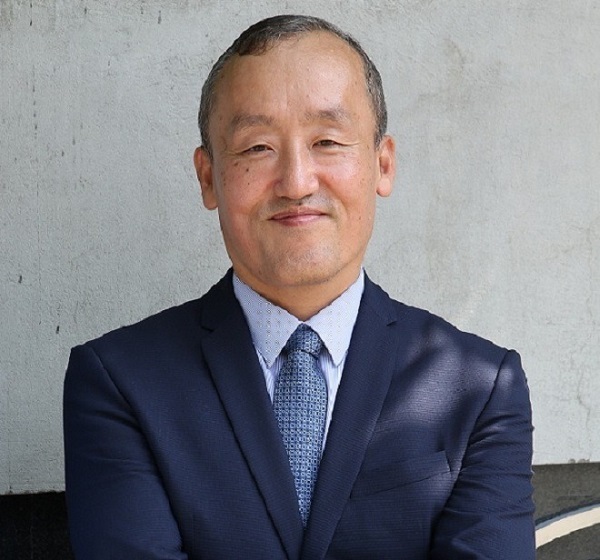The prices of beer and alcohol in Vietnam are considerably cheap due to low taxes, which account for only 30% of the retail price, while other countries apply tax rates ranging from 40% to 85%, the World Health Organization (WHO) Representative in Vietnam Kidong Park told VnExpress.
 |
|
Dr Kidong Park, World Health Organization Representative in Viet Nam. Photo provided by WHO.
|
A cross-nation study showed that beer tax in Vietnam was half of the ones applied in other countries including Australia, New Zealand and Thailand.
Another cause that makes Vietnam become one of the largest alcohol consumption markets in the world is the weak law enforcement and compliance as liquor and beer in Vietnam are easily accessible.
Big loophole of policies
The Vietnamese government had issued some regulations on licensing and density of spirits selling points as well as legal ages to consume alcoholic drinks, however, most of them fail to be implemented, leading to illegal consumption among teenagers (14 to 17 years old), accounting for 47.5% of both genders, Park noted.
In Vietnam, only spirits and wines containing over 15% of alcohol content are banned from advertising and promotion while those under 15% of alcohol content are left under loosened control.
In addition, there have been no regulations on beer advertising and the sponsorship or social responsibility of beer businesses although its harm is equal to liquor.
Before 1990, Europe and other high-income countries saw the sharpest growth in beer and alcohol consumption. The situation has changed since 1990 as some low-income nations including China, India and Vietnam emerged to become promising destinations for alcohol businesses.
In 2016, the average consumption of beer and liquor in Vietnam was 8.3 liters, much higher than the global average (about 6.5 liters in 2017) and the trend increasingly hiked, up by 90% over the past seven years and much higher than the global average, at 10%.
WHO’s suggestions for effective law enforcement
The WHO representative expressed his concern over the trend among middle-income countries including Vietnam as alcoholic beverages have resulted in a number of negative impacts such as health problems and economic loss.
He proposed some legislative tools as Vietnam’s National Assembly is discussing a draft law on prevention and fight against harm of alcoholic beverages.
According to Park, the WHO recommended the Vietnamese government reduce the affordability of alcoholic beverages cost by raising special consumption tax; diminish the number of underage consumption by tightening control over alcoholic beverage advertising on communication channels; minimize the availability of those drinks by limiting time, locations and age of consumers and tightening control over drunk drivers.
In order to implement the law effectively, the economic tools are considered crucial and the WHO suggested that the law should include separate clauses for a possible fund for preventing alcoholic harm.
In particular, the draft should include regulations on the advertisement of alcoholic beverages containing less than 5.5% of alcohol.
Park cited some experiences from other countries in alcohol control. For instance, France prohibits advertisement and marketing of alcohol on all television channels and cinemas, publications and websites targeting children, sports websites as well as banning alcohol businesses from sponsoring sports cultural events.
Sweden also prohibits alcohol advertising on radios and televisions and publications (with beverage of over 15% of alcoholic content).
Other ASEAN nations including Malaysia and Thailand also adopt policies of the same severity on alcoholic beverages advertising. Hanoitimes
Ha An
 In 2016, the average consumption of beer and liquor in Vietnam was 8.3 liters, much higher than the global average (about 6.5 liters in 2017) and the trend increasingly hiked, up by 90% over the past seven years.
In 2016, the average consumption of beer and liquor in Vietnam was 8.3 liters, much higher than the global average (about 6.5 liters in 2017) and the trend increasingly hiked, up by 90% over the past seven years.